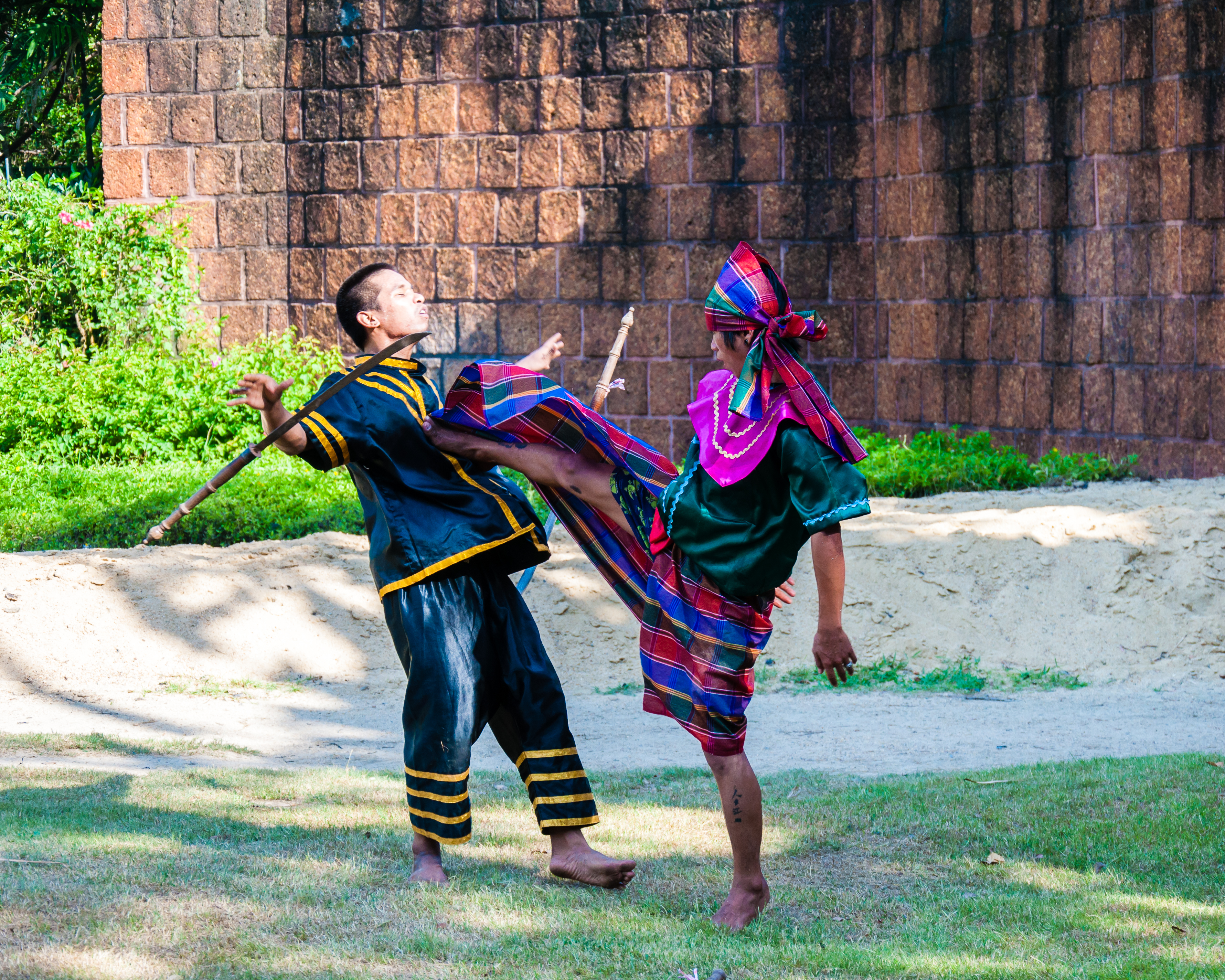Pradal Serey vs Muay Thai; this post looks at the main differences and similarities between these two powerful striking arts that share a common ancestry.
Martial arts have long served as a reflection of a nation’s culture, embodying the spirit and traditions of their birthplace.
In the region of Southeast Asia, two ancient combat styles stand tall as embodiments of physical prowess, cultural heritage, and time-honored traditions.
Pradal Serey and Muay Thai.
Rooted in the rich tapestry of Cambodia and Thailand, respectively, these martial arts share an intriguing ancestral connection while possessing distinct techniques and fighting philosophies.
From the battlefields of ancient kingdoms to the modern arenas of combat sports competition, these martial arts have forged their unique paths.
And this post will shed more light on the origins and divergences Pradal Serey and Muya Thai have taken to become the recognised combat sports they are today.
What is Pradal Serey?
Pradal Serey, also known as Kun Khmer, is a traditional Cambodian martial art that has a history spanning several centuries.
It is considered the national sport of Cambodia and is deeply rooted in the country’s culture and heritage. Pradal Serey is a full-contact striking art, similar to kickboxing and Muay Thai.
In English, “Pradal Serey” translates to “free fighting” or “free combat.”
The term comes from the Khmer language, the official language of Cambodia, where “Pradal” means “fighting” or “combat,” and “Serey” means “free” or “freestyle.”
The martial art involves the use of fists, elbows, knees, and feet to strike an opponent.
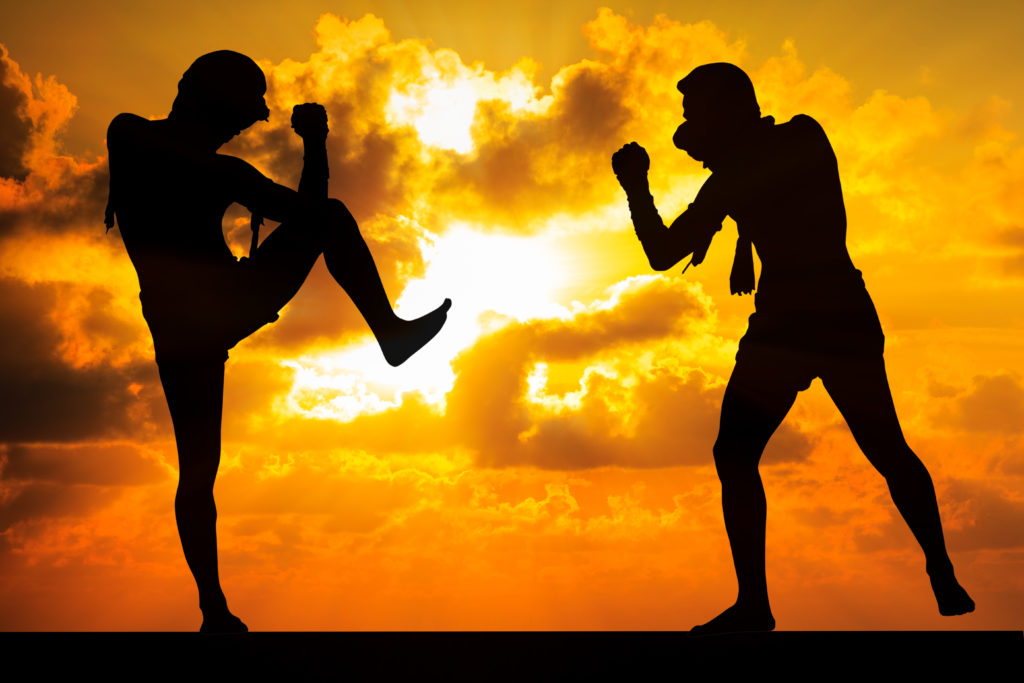
Techniques include punches, kicks, knee strikes, elbow strikes, clinch techniques, and sweeps.
The fighters typically wear traditional shorts and protective gear, such as gloves and sometimes shin guards.
Pradal Serey competitions can be seen in various events and festivals across Cambodia.
The fights are known for their intense action, and the sport has gained some international recognition in recent years, with Cambodian fighters participating in regional and international competitions.
The training and practice of Pradal Serey are not only focused on physical conditioning and techniques but also include elements of spirituality, respect, and discipline, reflecting the cultural significance of the art form in Cambodia.
Muay Thai and Pradal Serey’s Common Ancestry
Pradal Serey and Muay Thai share a common ancestry which dates back to the powerful Khmer Kingdom which existed from around 800 A.D in the region of South East Asia where the current independent nations of Thailand and Cambodia exist.
In fact Muay Lao from Laos also originates from the Khmer Kingdom, and the Art of 9 Limbs of modern day Lethwei from Myanmar can also be said to draw its roots from the Khmer Kingdom and probably even earlier.
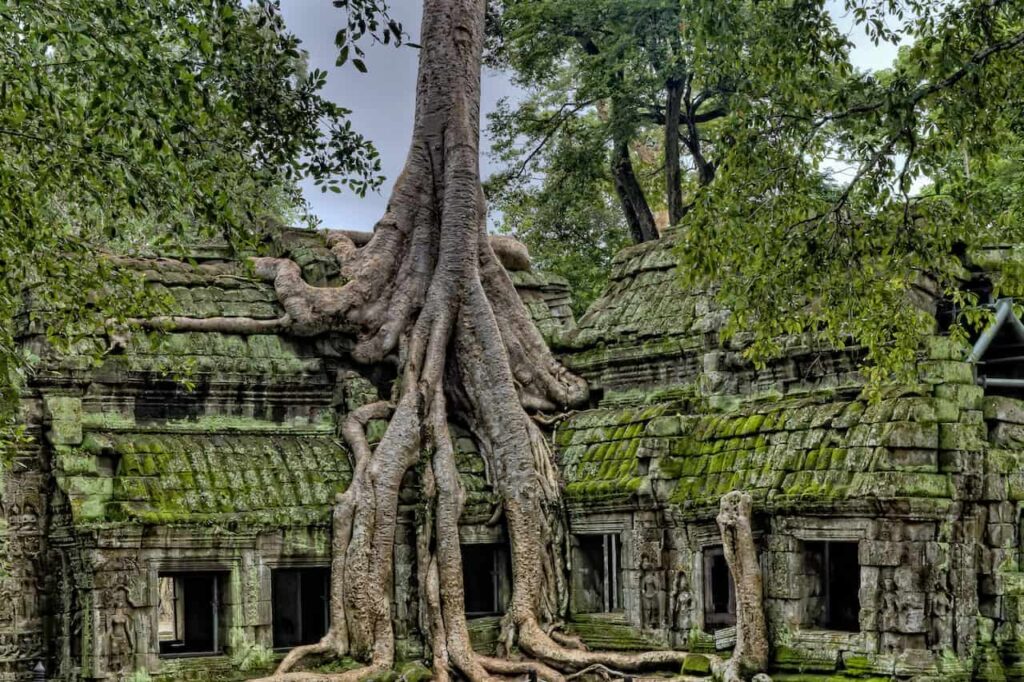
And coming from a common ancestry, there are also many common features that can be found in both Pradal serey and Muay thai.
Pradal Serey and Muay Thai share several common aspects in terms of fighting style and tradition, despite being distinct martial arts originating from different countries. Here are some of the similarities between the two:
Striking Techniques
Both Pradal Serey and Muay Thai emphasize the use of multiple striking techniques, including punches, elbows, knees, and kicks.
The artistry of utilizing all eight limbs for offense and defense is a fundamental characteristic shared by both styles.
Clinching
Both martial arts incorporate the clinch as an essential aspect of their fighting strategies.
Clinching involves grappling in close quarters, allowing fighters to control and off-balance their opponents while delivering knee strikes and other short-range attacks.
Training Regimen
The training methods employed in Pradal Serey and Muay Thai are rigorous and intense.
Fighters in both disciplines focus on conditioning their bodies, developing strength, flexibility, and endurance to withstand the demands of combat.
The rigorous training in both arts include running, skipping, tire bouncing, pads, heavy bag work, sparring, clinch sparring and body weight exercises in the hundreds of pushups, sit ups and pull-ups.
This training is done twice per day – 6 days per week typically.
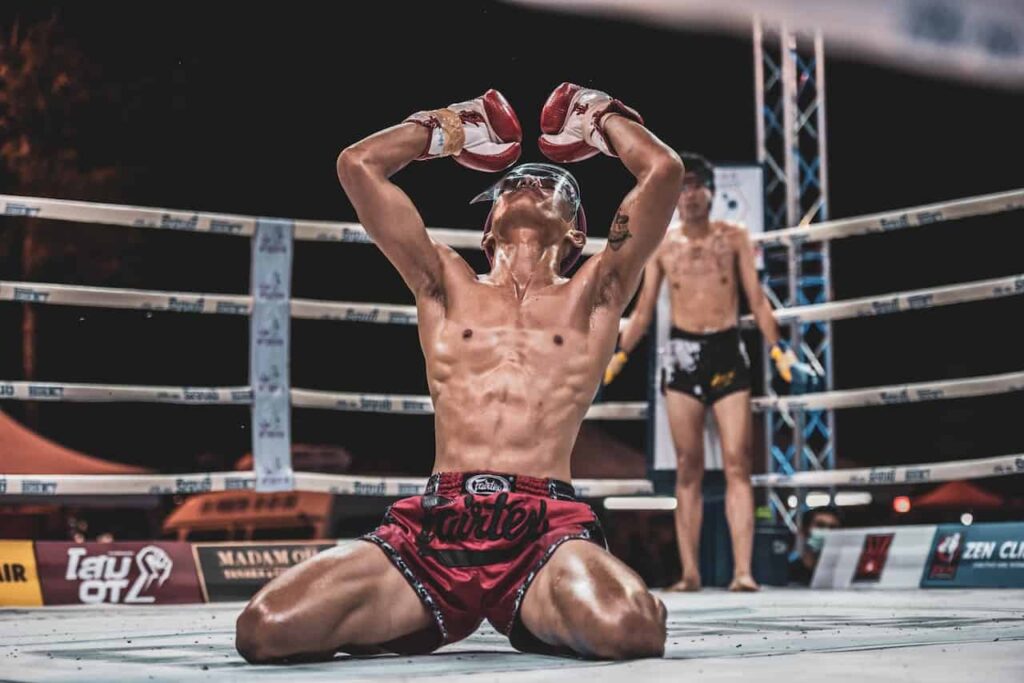
Cultural Significance
Pradal Serey and Muay Thai hold deep cultural and historical significance in their respective countries.
They are celebrated as traditional martial arts that have been passed down through generations, preserving cultural heritage and identity.
And both these styles are very popular spectator sports in their respective countries.
Respect and Rituals
Both martial arts place a strong emphasis on respect, discipline, and humility.
Before competitions, fighters often pay homage to their trainers, opponents, and the sport itself through rituals and customs, showcasing the traditional values that accompany the fighting arts.
Tradition and rituals include the traditional dance before the fight, wearing of ceremonial headbands and arm bands, the live music played during matches using traditional instruments and the protective tattoos worn by fighters.
Use of Traditional Attire
Fighters in both Pradal Serey and Muay Thai typically wear traditional shorts and ceremonial arm-bands during fights, adding to the aesthetic and cultural appeal of the sports.
Pradal Serey vs Muay Thai : Technique & Fighting Style
While Pradal serey and Muay thai share a common ancestry and also basically operate under the same rules when it comes to competition in the ring; there are still some unique characteristics that seperate these two combat arts.
Use of Elbows
Pradal serey is known for its frequent use of elbows in fighting competition.
And while Muay thai as the Art of 8 Limbs trains and uses elbows extesnisivley, PRadal serey is known for using the elbow techinque in greater numbers when compared to muay thai.
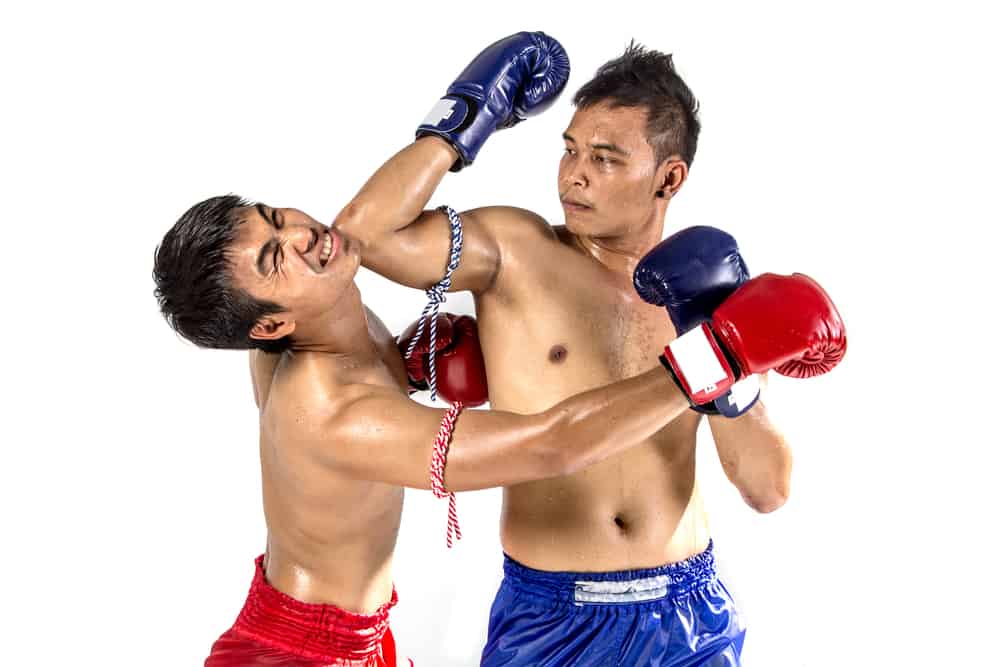
Clinching Techniques
Pradal Serey mainly utilizes the clinch primarily for off-balancing and delivering knee strikes, with less emphasis on striking from this position compared to Muay Thai.
In Muay Thai, significant importance is placed on the clinch, employing various off-balancing techniques, strikes, and sweeps, making it a dominant aspect of Muay Thai fights.
Controlling of the clinch is especially considered ‘winning’ in Muay thai and the judges will score accordingly.
Therefore the clinch and especially striking and scoring from in the clinch is more emphasized in Muay thai than Pradal serey.
Judging & Scoring Fights
While Muay thai and Pradal serey operate under the same rules there are slight but noticeable differences when it comes to scoring that determines dominance of fights and winners if a KO is not scored.
In Pradal serey, scoring criteria may vary slightly, but it generally rewards clean, effective strikes and effective aggression.
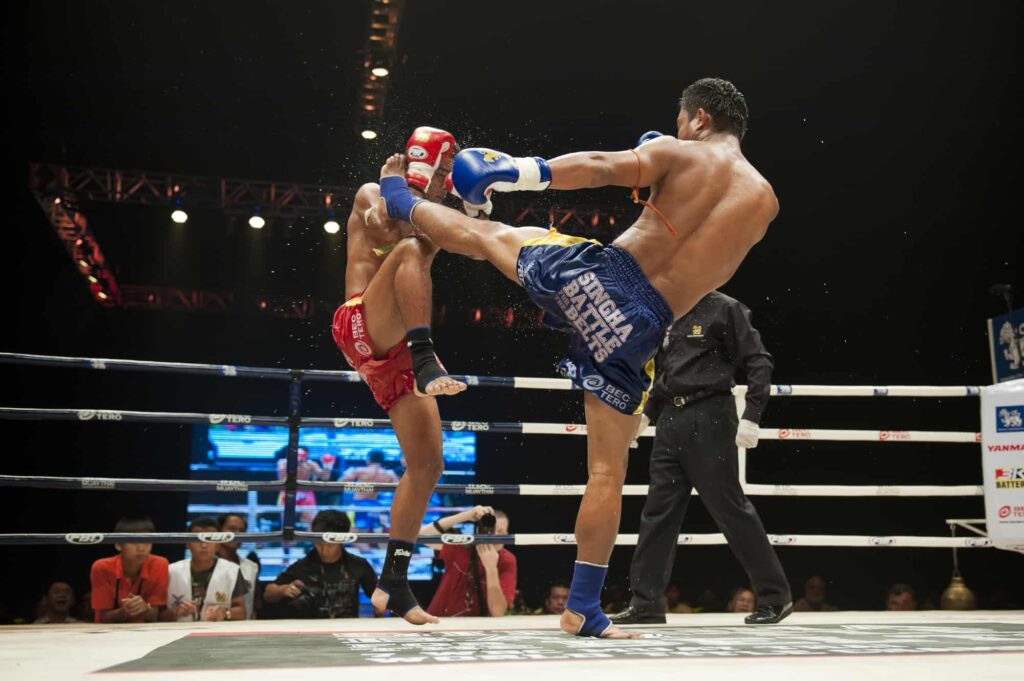
While in muay thai major scoring is awarded for ring dominance and also for striking in the clinch and dominating the clinch including taking an opponent down with sweeps, trips, dumps and throws.
Technical Skill
It is generally thought that Thai fighters are more technical while their Cambodian counterparts are known for their brutal elbows and knees.
Indeed Pradal serey is seen more of a forward marching aggressive style in order to land clinch elbows and knees.
Kicks vs Elbows
A fairly agreed upon distinction between Pradal serey vs Muay thai is the major use of kicks in Muay thai for scoring in contrast to the favoring of elbows and knees in Pradal serey which are crowd favourites and judges also score highly for.
Pradal Serey vs Muay Thai : Wrap Up
While both Pradal Serey and Muay Thai share some similarities, such as the use of all eight limbs for striking, they have evolved independently over time, resulting in distinct martial arts with their own techniques and characteristics.
Both Pradal serey and Muay thai are unique and powerful striking styles.
And though they are drawn from a common ancestry and exhibit many similarities they are unique to their respective nations, cultures and traditions which makes them even more beautiful to watch, train and appreciate as glimpses into the past fighting arts of the Khmer Kingdom.

